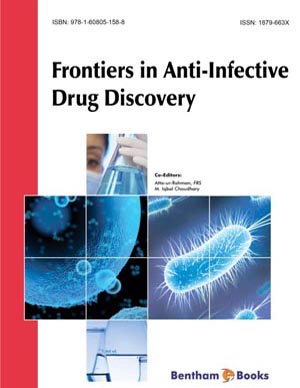Abstract
Severe acute respiratory syndrome (SARS) emerged in late 2002 and was controlled in July 2003 by public health measures. Its causative agent, SARS coronavirus (SARS-CoV) jumped from an animal reservoir to humans and has the potential to re-emerge. Since then, the world has seen another virus that emerged in 2009, the pandemic influenza A (H1N1)v virus. Following the sequencing of the genetic code of SARS-CoV and the deciphering of some of the functions of its proteins, including the cellular receptors and host proteins that participate in the life cycle of the virus, promising lead drugs and new uses of old drugs have been discovered. Engineered monoclonal antibodies have surmounted the hurdle of provoking antibody enhancement as well as providing broad coverage against various SARS-CoV strains and mutants to prevent viral escape. Protease inhibitors are favored small molecule inhibitors because of possible broad spectrum coverage as well as the ability to be formulated for oral use. RNAi-based therapeutics produced impressive in vitro data and is rapid to develop. Interferon and chloroquine are likely to be effective as nonspecific antivirals with a good safety profile. The development of SARS-CoV anti-infectives is ongoing and will undoubtedly strengthen the infrastructure and know-how in the field of antiviral drug discovery.
Keywords: Severe acute respiratory syndrome, SARS, coronavirus, SARS-CoV, antiinfective, antiviral, main protease, 3CLpro, polymerase, helicase, interferon, interferoninducer, antibody






















